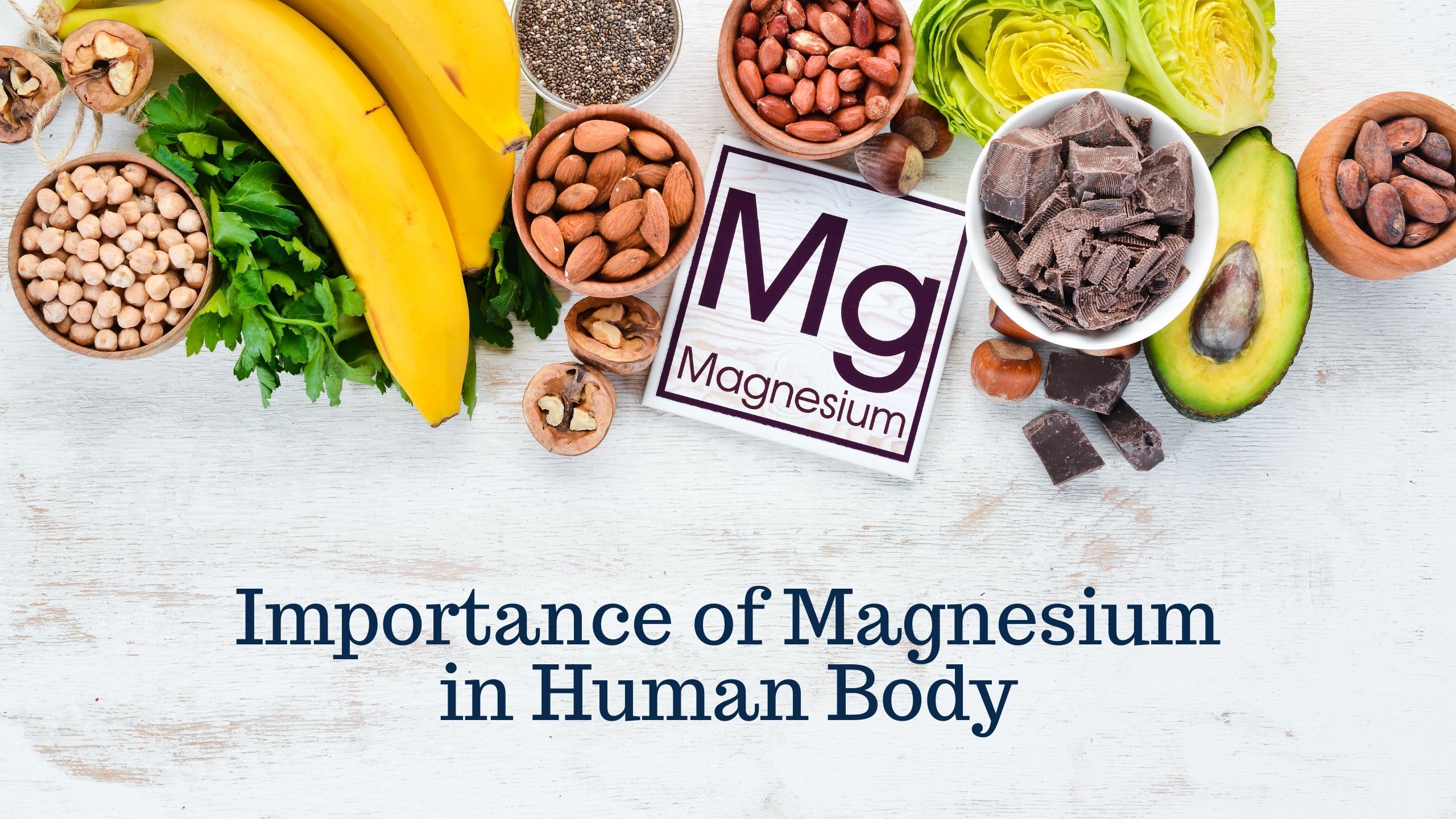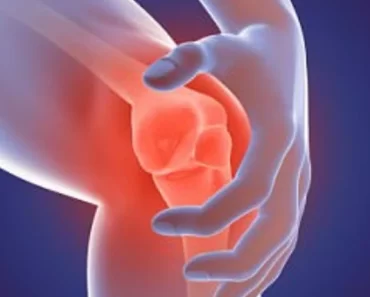Magnesium is an essential mineral that plays a crucial role in many bodily functions. Despite its importance, many people are unaware of its benefits and the ways it supports overall health. This article explores the role of magnesium in health, its benefits, recommended intake, signs of deficiency, and the best dietary sources to ensure you’re getting enough of this vital nutrient.
What is Magnesium?
Magnesium is a mineral found in the earth, sea, plants, animals, and humans. About 60% of the magnesium in the human body is found in bones, while the rest is in muscles, soft tissues, and fluids, including blood. Every cell in your body contains magnesium and needs it to function.
The Importance of Magnesium in the Body
Energy Production:
Magnesium is involved in over 300 biochemical reactions in the body, including the conversion of food into energy. It helps in the creation of adenosine triphosphate (ATP), the molecule that provides energy for cellular activities.
Protein Synthesis:
Magnesium is essential for the synthesis of proteins, which are necessary for the growth and repair of tissues.
Muscle and Nerve Function:
Magnesium plays a key role in muscle contraction and relaxation, as well as the transmission of nerve impulses. It helps regulate the balance of calcium, potassium, and sodium in the body, which is critical for normal muscle and nerve function.
Blood Glucose Control:
Magnesium is involved in regulating blood sugar levels by influencing insulin activity and glucose metabolism. Adequate magnesium levels are essential for maintaining normal blood sugar levels.
Blood Pressure Regulation:
Magnesium helps maintain healthy blood pressure levels. It relaxes the blood vessels, which can help reduce hypertension (high blood pressure).
Bone Health:
Magnesium contributes to bone formation and influences the activities of osteoblasts and osteoclasts, the cells responsible for building and breaking down bone. It also helps regulate calcium levels, which are critical for bone health.
Cardiovascular Health:
Adequate magnesium intake is associated with a lower risk of cardiovascular diseases. It helps maintain a regular heartbeat and reduces the risk of arrhythmias (irregular heartbeats).
DNA and RNA Synthesis:
Magnesium is necessary for the synthesis and stability of DNA and RNA, which are vital for cell division and reproduction.

Recommended Daily Intake
The recommended daily allowance (RDA) for magnesium varies by age and gender:
Men aged 19-30: 400 mg per day
Men aged 31 and older: 420 mg per day
Women aged 19-30: 310 mg per day
Women aged 31 and older: 320 mg per day
Pregnant women: 350-360 mg per day
Breastfeeding women: 310-320 mg per day
Signs of Magnesium Deficiency
Magnesium deficiency, also known as hypomagnesemia, can manifest through various symptoms:
Muscle cramps and spasms: Magnesium is essential for muscle function, and a deficiency can lead to muscle cramps, spasms, and weakness.
Fatigue: Low magnesium levels can result in decreased energy production, leading to fatigue and weakness.
Nausea and vomiting: These are common early signs of magnesium deficiency.
Loss of appetite: A deficiency can affect appetite and lead to weight loss.
Numbness and tingling: Magnesium is crucial for nerve function, and a deficiency can cause numbness and tingling in the extremities.
Abnormal heart rhythms: Severe deficiency can lead to irregular heartbeats or arrhythmias.
Best Dietary Sources of Magnesium
Ensuring adequate magnesium intake can be achieved through a balanced diet rich in magnesium-containing foods. Here are some of the best dietary sources of magnesium:
Leafy Green Vegetables:
Spinach, kale, and Swiss chard are excellent sources of magnesium.
Nuts and Seeds:
Almonds, cashews, peanuts, and pumpkin seeds are high in magnesium.
Whole Grains:
Brown rice, quinoa, and whole wheat are good sources of magnesium.
Legumes:
Black beans, chickpeas, and lentils provide a significant amount of magnesium.
Fish:
Fatty fish like salmon, mackerel, and halibut are rich in magnesium.
Avocados:
Avocados are not only rich in healthy fats but also provide a good amount of magnesium.
Bananas:
Bananas are well-known for their potassium content, but they also contain magnesium.
Dark Chocolate:
Dark chocolate with high cocoa content is a delicious way to increase magnesium intake.
Dairy Products:
Milk, yogurt, and cheese contain magnesium, though in smaller amounts compared to other sources.
Dried Fruits:
Figs, prunes, and raisins are good sources of magnesium.
Tips for Increasing Magnesium Intake
Incorporate More Leafy Greens:
Add spinach or kale to smoothies, salads, and soups.
Snack on Nuts and Seeds:
Keep a mix of nuts and seeds handy for a nutritious snack.
Choose Whole Grains:
Opt for whole grains instead of refined grains.
Include Legumes in Meals:
Add beans and lentils to stews, soups, and salads.
Enjoy Dark Chocolate in Moderation:
Treat yourself to a piece of dark chocolate as a healthy dessert.
Magnesium is a vital mineral that supports numerous functions in the body, from energy production and muscle function to blood sugar regulation and bone health. Despite its importance, many people do not get enough magnesium through their diet. By incorporating magnesium-rich foods into your meals and being aware of the signs of deficiency, you can ensure you’re meeting your body’s needs for this essential nutrient. Prioritizing magnesium intake is a simple yet effective way to support overall health and well-being.






